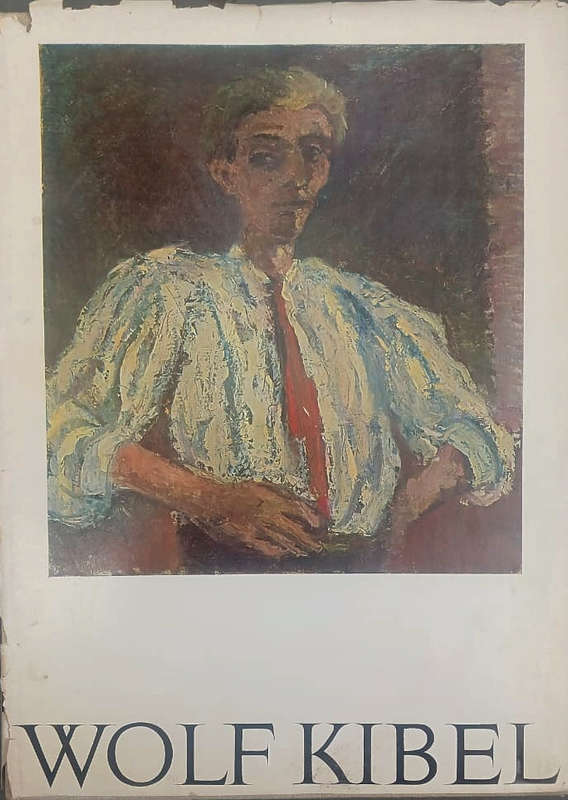
Wolf Kibel - a brief sketch of his life and work and a critical assessment of his work (numbered)
Check my rate
| Main centres: | 1-3 business days |
| Regional areas: | 3-4 business days |
| Remote areas: | 3-5 business days |

| Main centres: | 1-3 business days |
| Regional areas: | 3-4 business days |
| Remote areas: | 3-5 business days |
Number 308 of an edition of 750, published by Human & Rousseau, 1968, hardcover, illustrated, 25.2 cms x 33.3 cms, some edgeware to dustjacket otherwise condition: very good.
Wolf Kibel (1903 1938) was a South African painter and printmaker. He was partly responsible for the introduction of Expressionism to South Africa. His paintings and monotypes have earned him recognition as a sincere and gifted artist.
"I want to achieve a very high degree of complexity and order without any sacrifice of the feeling of spontaneity, and to do so through the fullest use of the varied means available, through shape and colour and tone value and paint quality, something like an orchestral effect in paint, in which the various distinct instruments blend together into a richly woven whole."
Wolf Kibel is frequently referred to as an expressionist artist, but his expressionism has none of the exuberance of Irma Stern or pastoral qualities of Maggie Laubser. He did not share the revolutionary anger of the original Expressionists and his influences ranged to Matisse, Chagall and Soutine. Like Chagall and Soutine, he was of Eastern European, and exclusively Jewish, extraction. Like Soutine he would employ a painterly approach, with rich impasto and expressive brushmarks.
Kibel was a strict formalist and he refused to provide explanations, engage in sales talk or even sign and date his works. He naturally despised exhibitions because of this and it certainly did not endear him to the public or the critics. Yet he was keenly sensitive to human values and this led him to avoid the picturesque, such as the impoverished Malay Quarter in Cape Town, which was, and still is, mined endlessly for saleable pictures.[2] It is also to this that his wife would attribute his admiration of Rembrandt.
His sensitivity gave him 'the ability to animate and give inner life to objects normally considered prosaic because of their familiarity'. Freda Kibel was using Interior with bed as an example, in which distortions of perspective are reminiscent of Van Gogh. His skin tones are reminiscent of those of Renoir.Kibel was the first to exhibit monotypes in South Africa in numbers, notably at the prestigious 1936 Empire Exhibition in Johannesburg. Working from metal plates, he brought the medium to expressive perfection and respectability as an artform